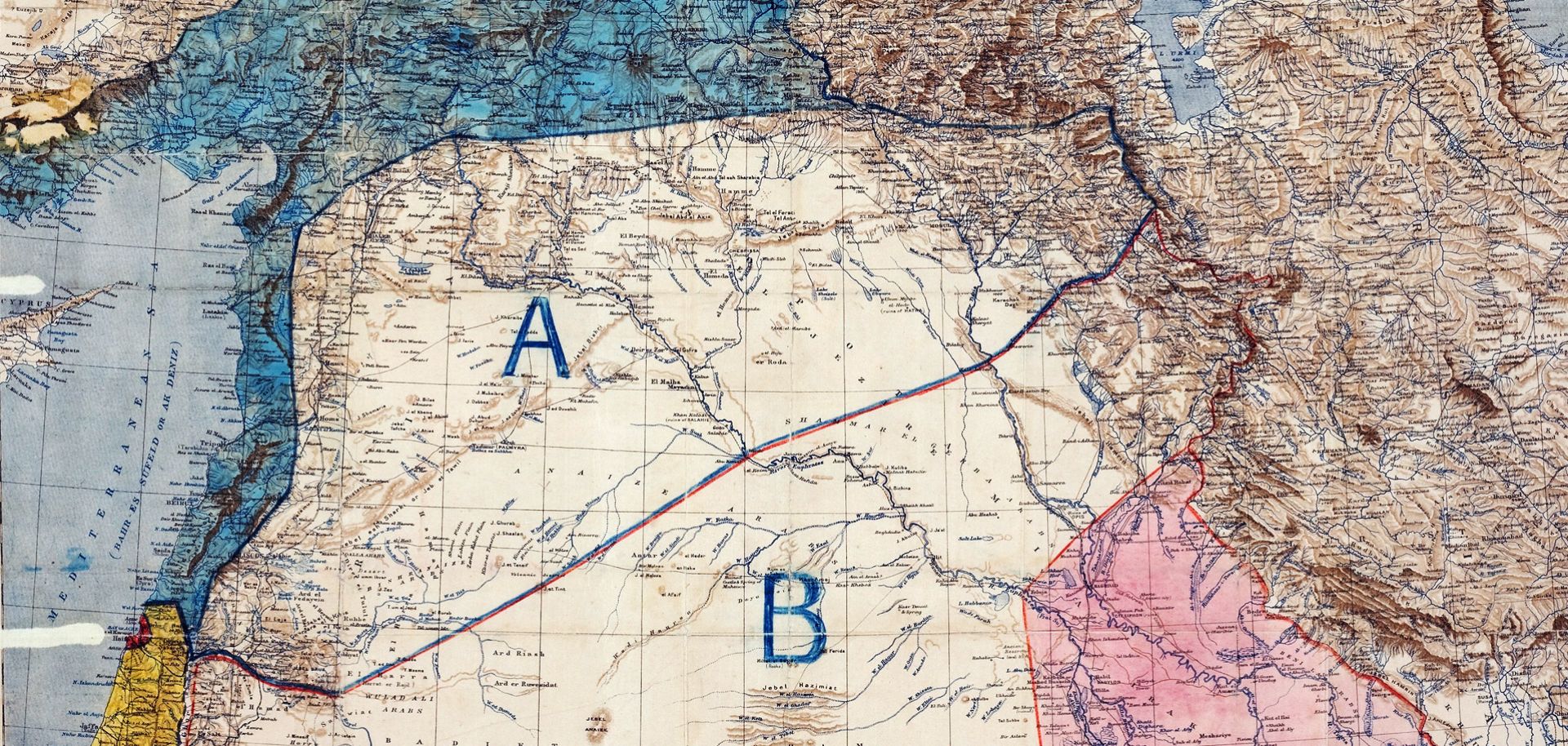Modern Middle Eastern history is often told to start and end with the 1916 Sykes-Picot agreement, signed a century ago this week. The agreement is credited to British diplomat Sir Mark Sykes and French diplomat Francois Georges-Picot, who led closed-door negotiations after World War I from which a cache of secret correspondence later emerged. And though Sykes-Picot is only one part of Middle Eastern history, it is undeniable that the agreement was a critical one: It laid the framework for many of the boundaries that still define the Middle East today, delineating Jordan, Lebanon, Syria, Iraq, Mandate Palestine and several Arabian Gulf countries. Some of these states have been more successful than others, but all have undergone tumultuous state-building over the past century. While it is commonly recognized that the agreement imposed an idealistic and simplistic postcolonial grid onto a complex region, the boundaries became real soon enough, as citizens...


